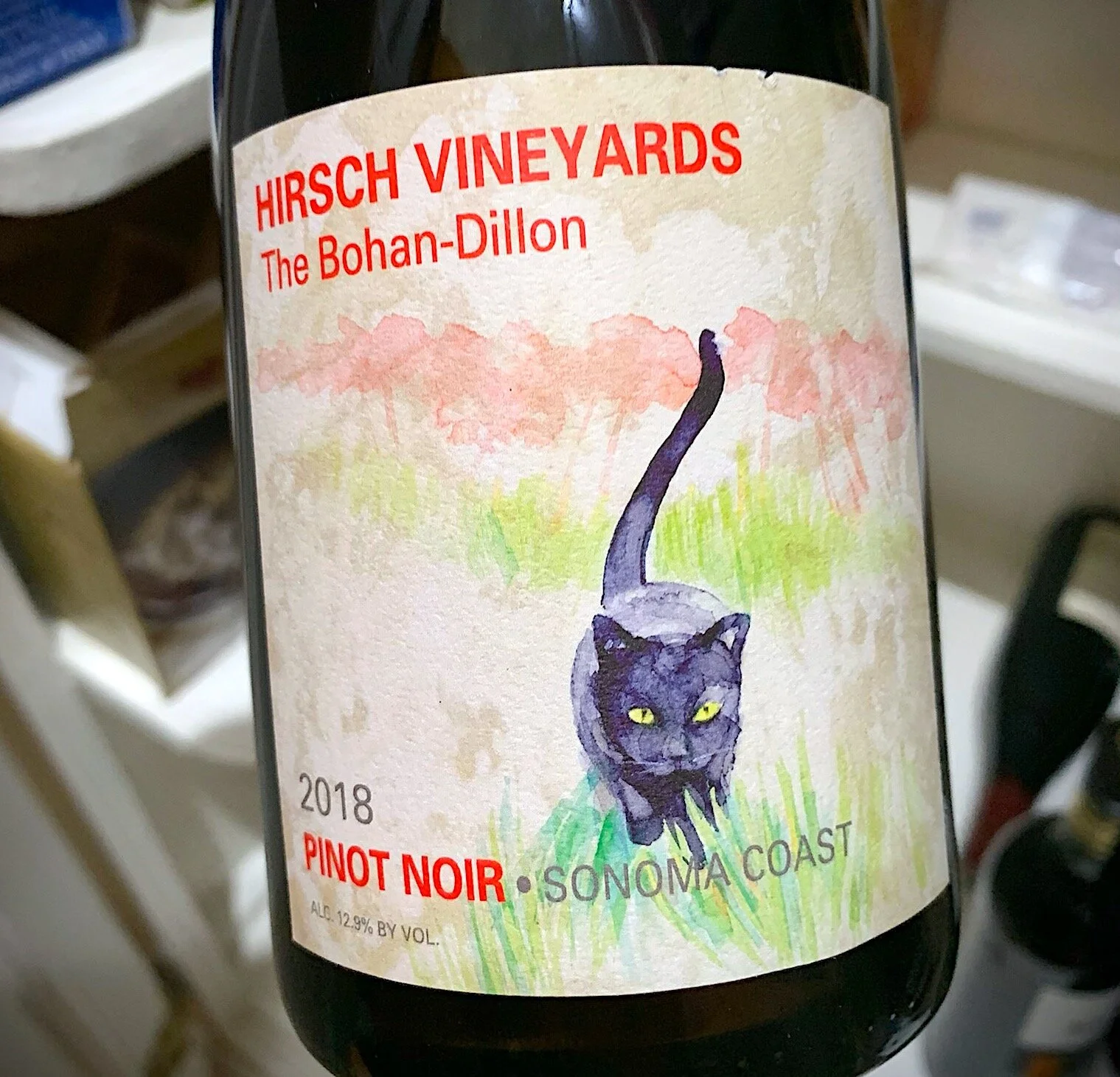Optimism versus pessimism.
Is the glass half full, or is it half empty?
We all know the age old question about personality types and how different people see the world, but did you know that the same question applies to business?
It’s not necessarily something you’re thinking about as a consumer, but it’s definitely what businesses are thinking about you. I spent almost eleven years working retail in the same store, so I only really ever understood one approach: the customer is half full, meaning most people are generally good natured and will return if you treat them well.
That being said, after spending two years on the other side of this business, handling distribution to retailers across California, I can tell you with certainty: there are more retailers who see things the other way. They think the customer is half empty, meaning most people are generally out to screw you, so you need to defend yourself at all times.
It’s a fascinating subject for me because, even though I’ve been on the receiving end of countless negative customer service experiences, I still believe that giving people the benefit of the doubt is the way to go.
Yes, sometimes I lose out in the transaction.
Yes, sometimes people take advantage of my generosity.
Yes, I understand that people think I’m a sucker.
But the amount of business I’ve been able to generate over the years from taking care of people has always outweighed those losses—by a ratio of 100000000 to 1.
I’m willing to take those odds 100% of the time. And I’m willing to take the beating now and again to continue that style of business. To me, the best defense is a good offense.
But not everyone is built for that style of service or that level of commitment. Most people I’ve met who work in retail just want to get through the day, cross their duties off the list, and go home so they can watch TV. To them, taking the time to answer 200 emails about why you cannot get a bottle of Pappy is a gigantic waste of time. They could be using that time to do any number of more profitable activities.
You can absolutely make the argument that personalized customer service doesn’t scale economically. There is plenty of evidence that shows retailers can be just as profitable by selling fewer bottles at higher margins, rather than more bottles at lower margins. At the same time, retailers who show little to no interest in their customers can counteract that lack of service with access to bulk pricing and special offers.
I have my way of doing things, and it’s worked for me my entire career, but I don’t have any metrics that can prove whether my time could have been better spent doing other things, or whether a shrewder sense of business would have benefited me in the long run. Maybe the guy who I sold the bottle of Blanton’s to didn’t really have a dying father whose final wish was to drink Blanton’s with his son. Maybe the guy who said his bottle of Lagavulin broke in the mail was lying and he suckered me out of a free bottle. Who knows.
The point is: I don’t really care.
I’m too busy thinking about all of the other people that I could be helping. I see retail as half full: there’s always something else I can be doing to make customers happy. Just like I don’t dwell on whether I could have saved 15% by switching to Geico, or whether I got the cheapest price on premium unleaded, I don’t think about how much money I could have made if I had done things differently.
But I have that luxury. I’m an optimist. I’m just lucky, I guess.
-David Driscoll

















